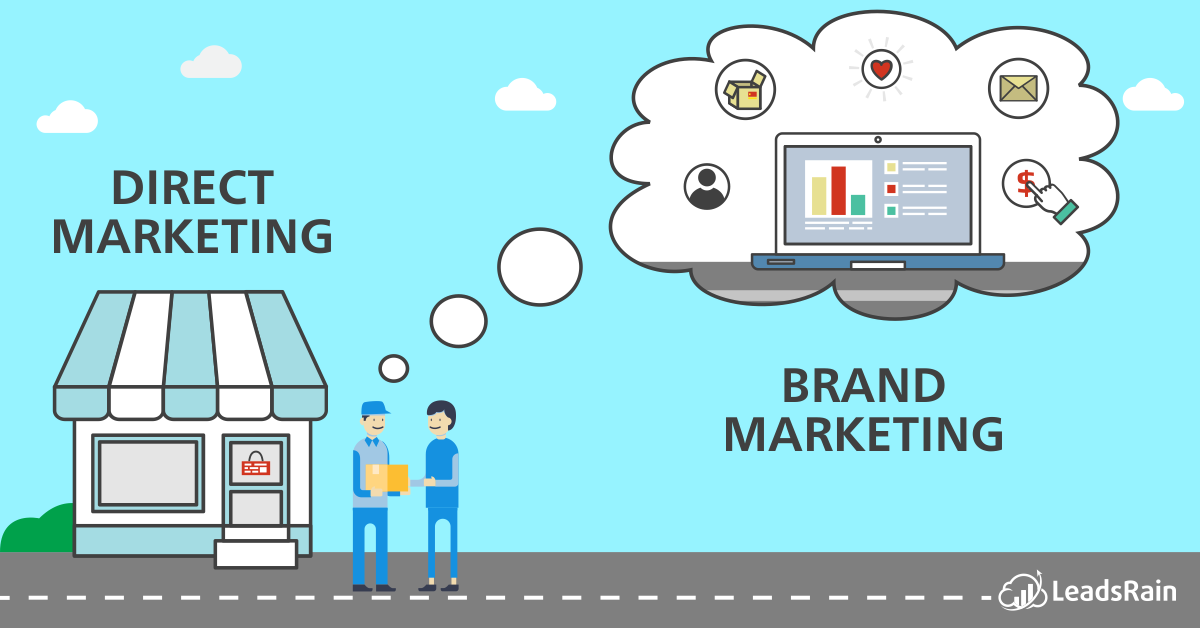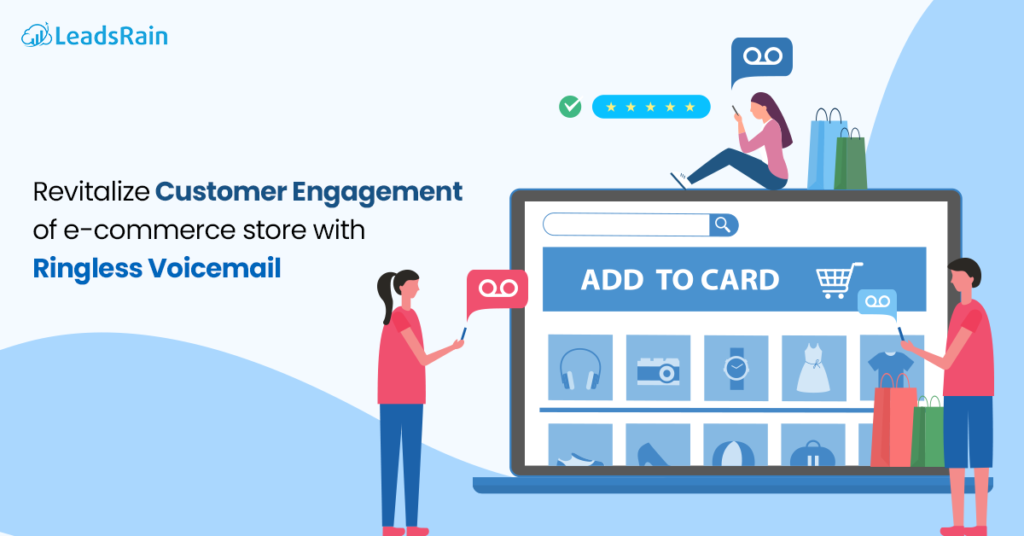The two major types of marketing strategies from which other multitudes of strategies generate, they are people based direct marketing and brand marketing.
Direct marketing is a form of people based marketing and an advertising technique that targets a list of audience or prospective customers with the main functionality of CTA. It aims to influence or encourage them to follow a course of action or we can say an immediate real-time response. The most necessary part of direct marketing is the juxtaposition of measurements, which ensures continuous development through a feedback loop.
Direct response can manifest through a variety of media like Direct Email marketing, SMS marketing, Event marketing, Direct social media marketing, Telemarketing and Print media marketing.
An email with an engaging and personalized subject line to retarget prospective customers; Texting registered consumers; Marketing at a live event or expo getting their addressable details; targeting audience based on their interest on social media; Voicemail or Ringless voicemail are the respective examples of all the medium. It is important to note that all these ways complement with them, the CTA function.
Direct marketing is about making the digital conversations more 1:1 and personalized, which is a must step for any start-up business or Brick and Mortar industry. There is no need to spend millions of dollars consistently. It also explains to the prospective customers the essence of your product and yourself, creating a strong foundation for the days to come.
What marketers and businesspeople primarily wish for through direct response marketing is to generate immediate business, retargeting precise audience maintaining customer loyalty and generate organic leads.
Direct marketing being short-term goal oriented largely distinguishes itself from branding. A drawback of direct response marketing is the potential for creating a fixed ideology of your product in the minds of the limited targeted customers. This conflicts with the efforts of long-term branding to increase emphasis on value, quality, service or other factors to the maximum number of people.
Brand Marketing is branding, marketing not the product but the crux of your enterprise, and the experience–different or better it guarantees to provide. It is thus an intangible and profound concept that which has a long-term orientation.
Attributes like top quality, high service, best value, durability, longevity, cost savings are what most businesses try to connect along with their brands that would help them achieve their desired goal.
These attributes when poured in finely designed advertisement flashed consistently, would surely imprint in people’s subconscious minds. This a dramatic transformation of the meaning of the word branding.
Back in the day, almost 150 years ago, the poultry farmers of The States, would burn their cattle with hot iron rod embossed with any identifying character, then followed manufacturers adding a tag to all their products and now big businesses imprinting themselves in our minds.
By far the description given above would let anyone think of branding having only positive points, but that would be the case only when one has an established company generating revenue of millions of dollars at least. Like Intel or Burger King or anyone near that echelon because it requires serving millions of ads regularly on a variety of mediums with expensive creative campaigns.
The same channels do the branding that does direct response marketing. As it is not the channel itself but how it is used.
In conclusion, direct response marketing can be considered as the best advertising technique when one’s ROI isn’t that hefty, and a company or an enterprise is focusing on generating new customers by one to one conversations. Selling them the services and experiences hand to hand, modifying as per the need.
On the other hand, branding for the majority of the companies or enterprises comes at a rather later stage, when the revenue flow is enough and smooth, and one has generated more than enough customers.
For the businesses in middle and all rest in the entire spectrum, it is preferred to have an amalgamation of both the strategies in a balanced way, keeping in mind the resources available and purpose in mind.




